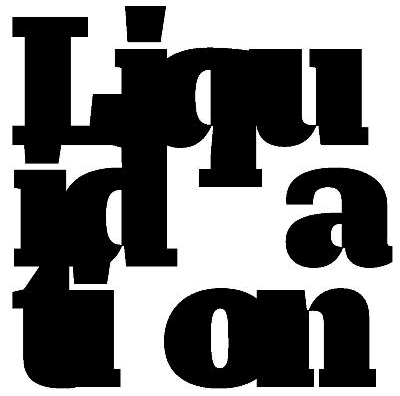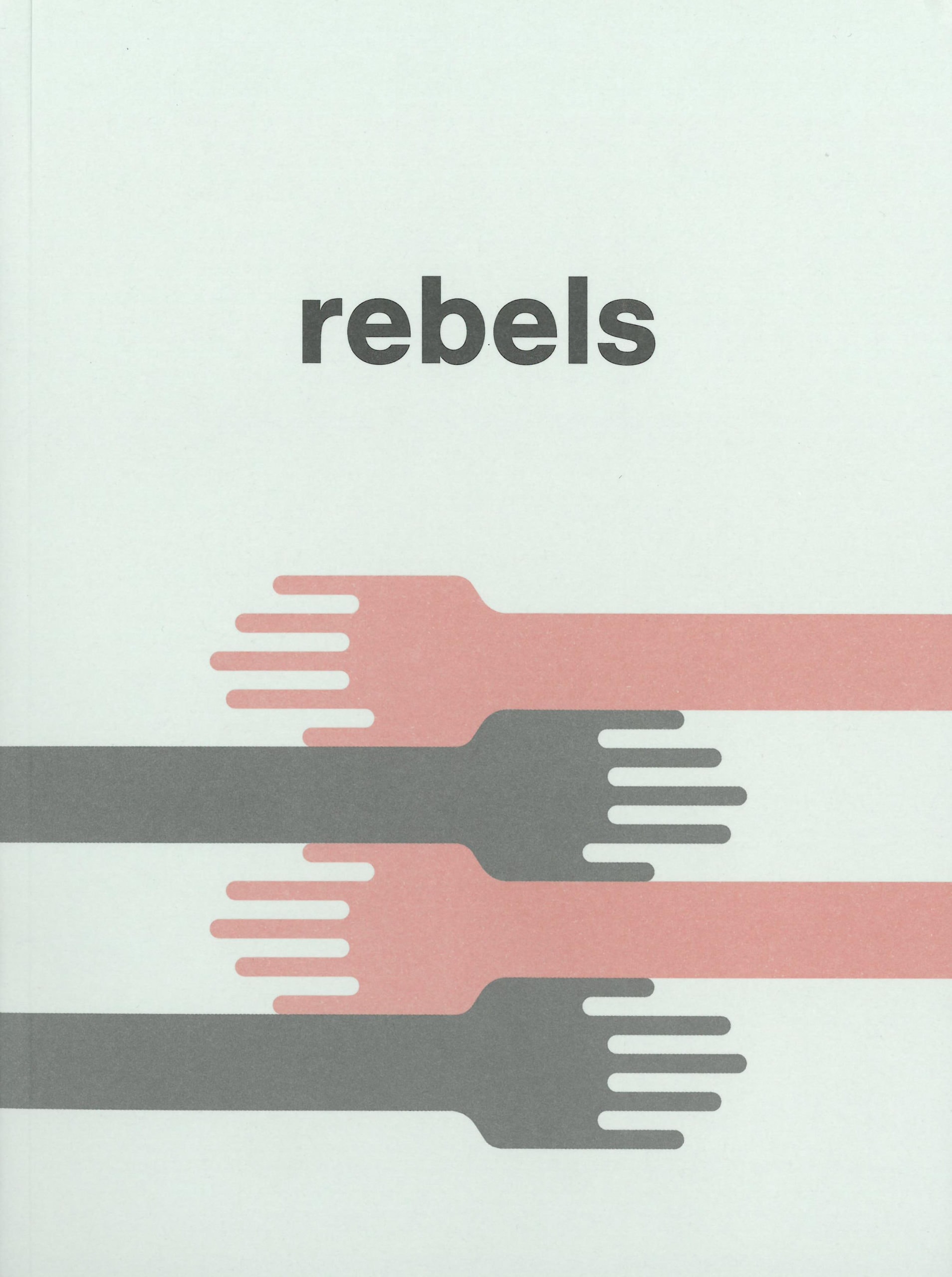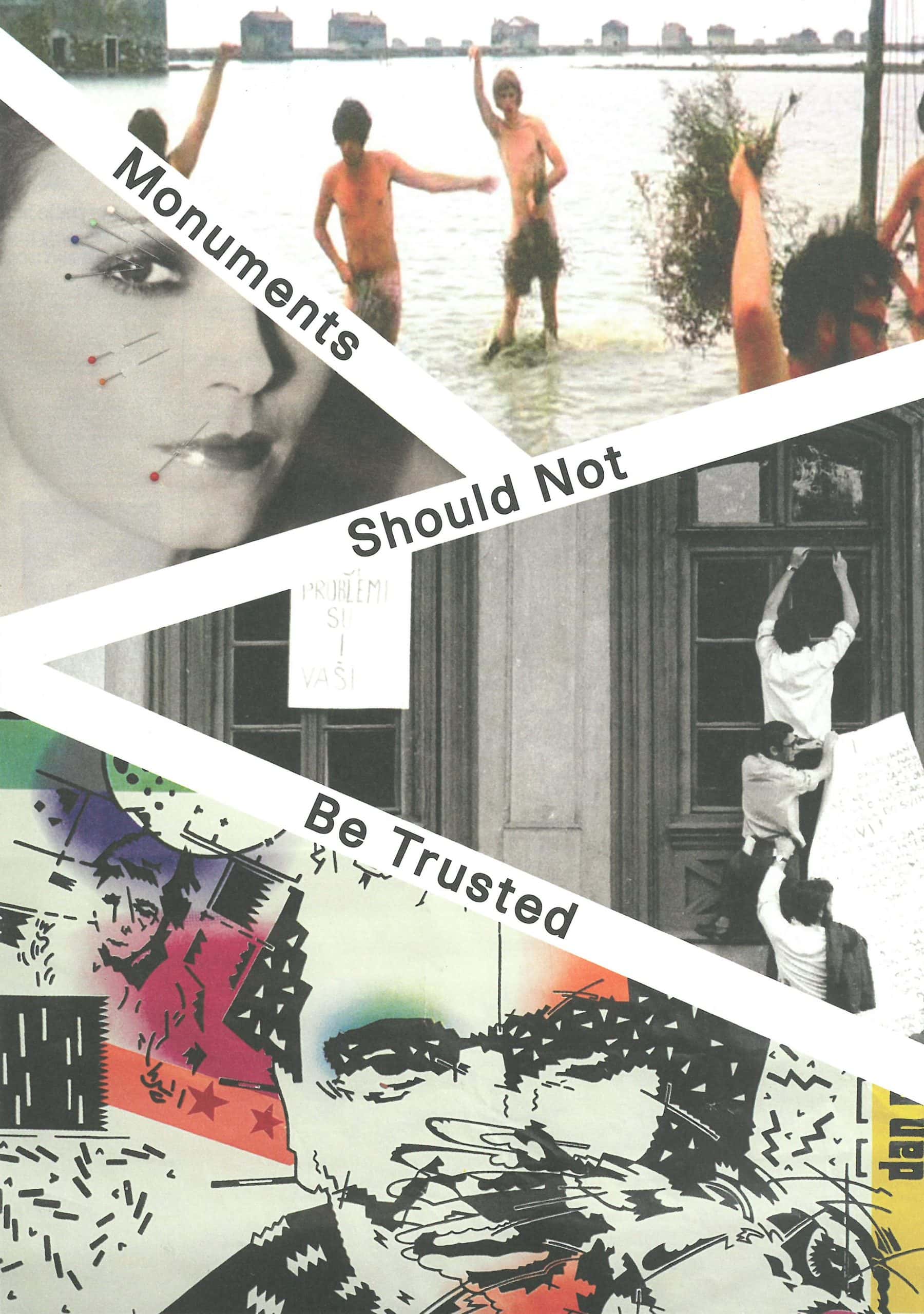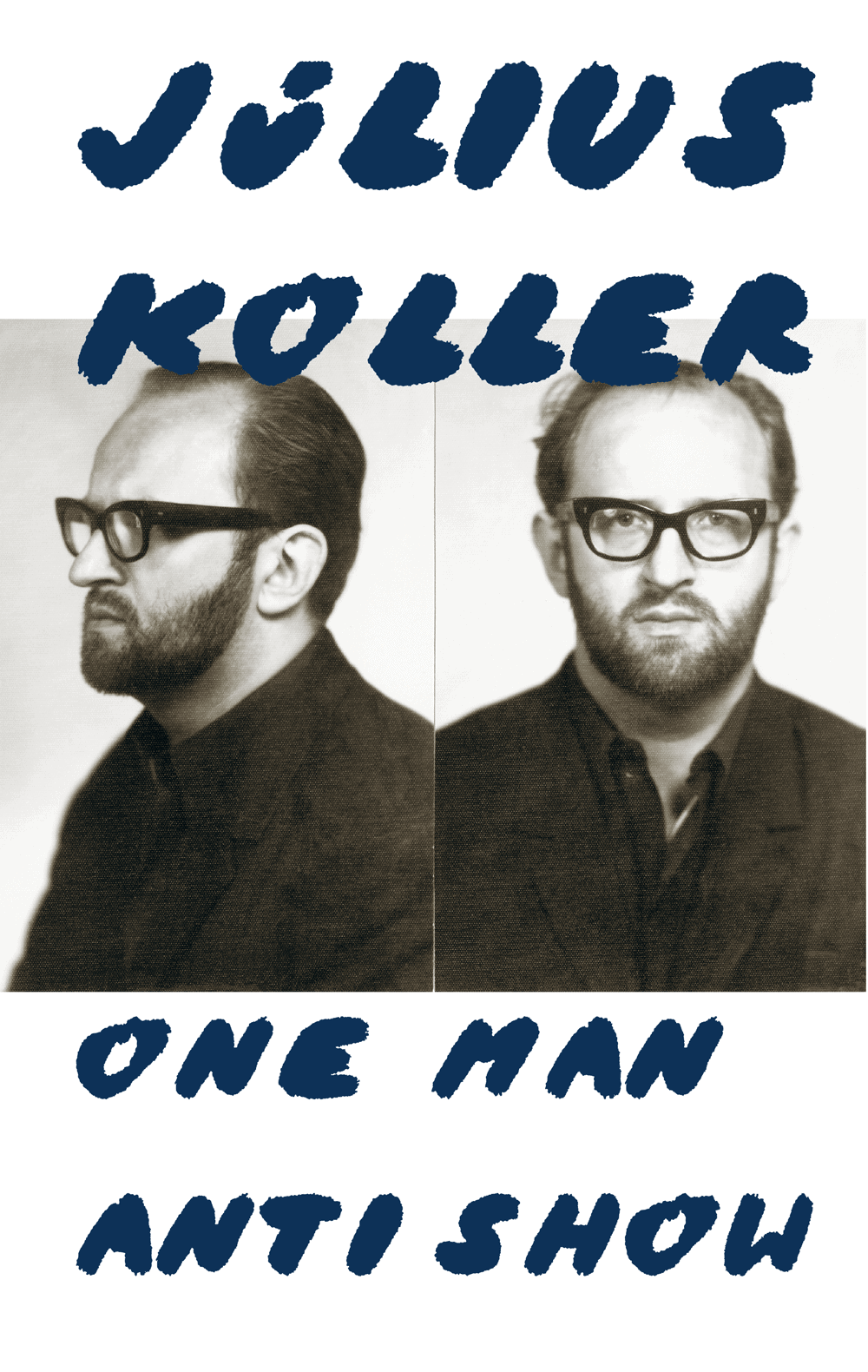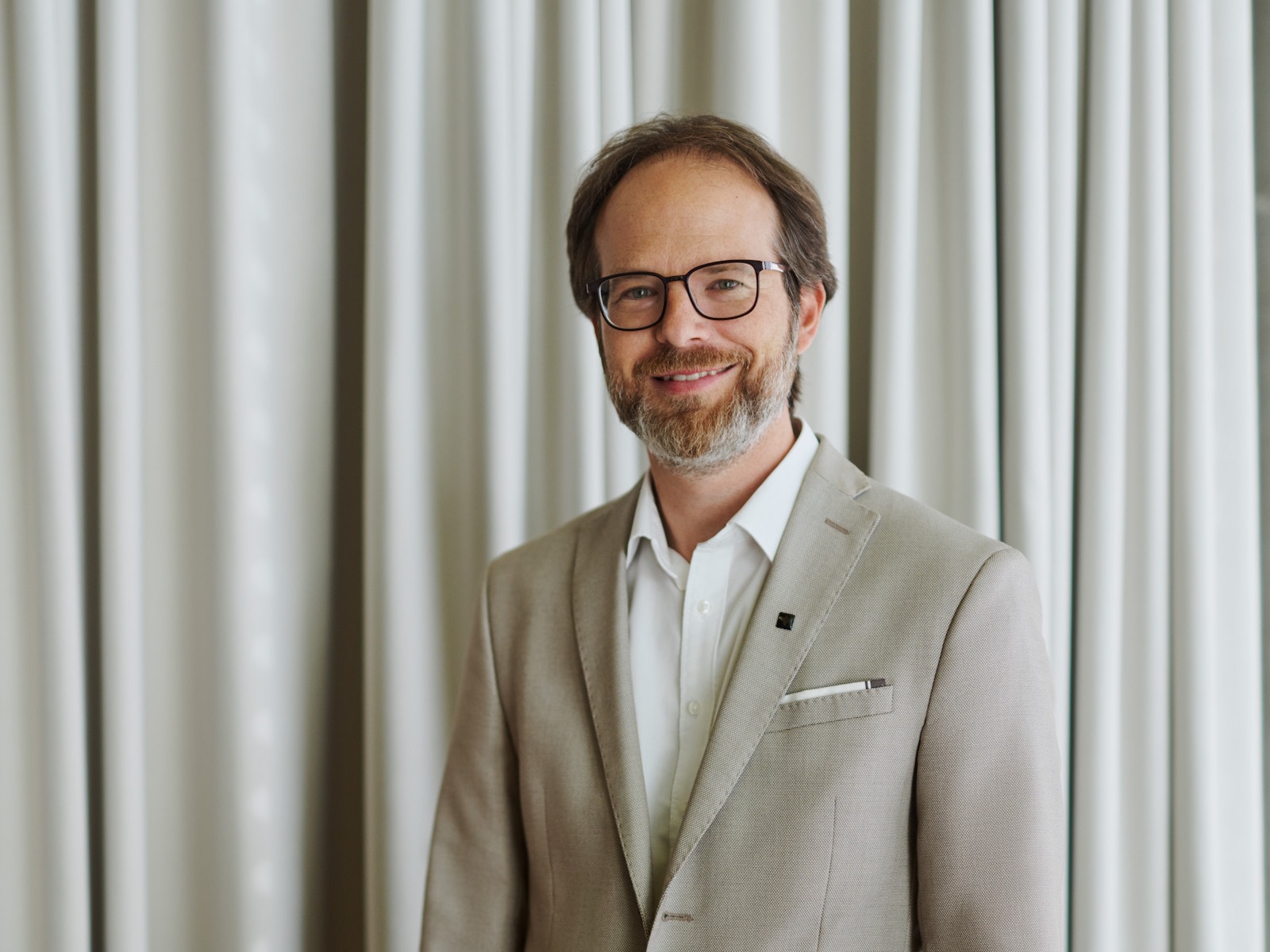Liquidation is an interdisciplinary project concerning questions of visibility in response to the often invisible processes of privatization. With a curatorial framework that New York curator Sarah Lookofsky conceived and produced for Stacion – Center for Contemporary Art Prishtina, its Zagreb iteration includes the addition of several works by Croatian artists chosen by the curatorial team of Miroslav Kraljević Gallery (Ana Kovačić, Lea Vene, and Sanja Sekelj) in Zagreb. In addition, the project’s partner in Zagreb, the European Institute for Progressive Cultural Politics in Vienna, is a central partner in the conference that will follow the exhibition’s opening in Zagreb.
Liquidation at Stacion – Center for Contemporary Art Prishtina gathered a number of artists from around the world whose works deal with privatization in relation to spatial experience (John Hawke, Patricio Larrambebere, Fatmir Mustafa, Martha Rosler, Andreas Siekmann). Drawing from the experiences of silent private takeovers of former public assets, these artists register and mark movements of everyday life in an effort to illuminate and raise awareness about the hidden consequences of the privatization process. What brings these artists together, despite their responses to disparate local contexts, is a joint effort to confront the consequences of privatization, raise awareness, and educate the public.
In addition to the artists who participated in the Prishtina exhibition, Bojan Mucko, Iva Marčetić, Bojan Mrđenović, Rafaela Dražić, Dina Rončević i OUR (Organizacija udruženog rada) as well as one artist from Kosovo, Alban Muja, exemplify responses to the local context and history of privatization. These works are often derived from extensive research and/or field work. The final product of the research is often a form of mapping, whether photo-mapping derelict hotel complexes across the Adriatic coast (Bojan Mrđenović) and the destroyed industry in the city of Rijeka (Iva Marčetić), or in the attempt to understand the processes and consequences of privatization through student workshops (Dina Rončević). On the other hand, several projects in the exhibition are derived from site-specific field research through which Bojan Mucko explores the role and methodology of the State Administrative Office for State Property Management by showcasing examples of Zagreb’s vacant business spaces; Rafaela Dražić conducts field research of Brodosplit; and OUR presents a continuation of their case study analysis of the consequences of the dissolution of Split’s Jugoplastika.
This publication is available at ERSTE Foundation Library.

